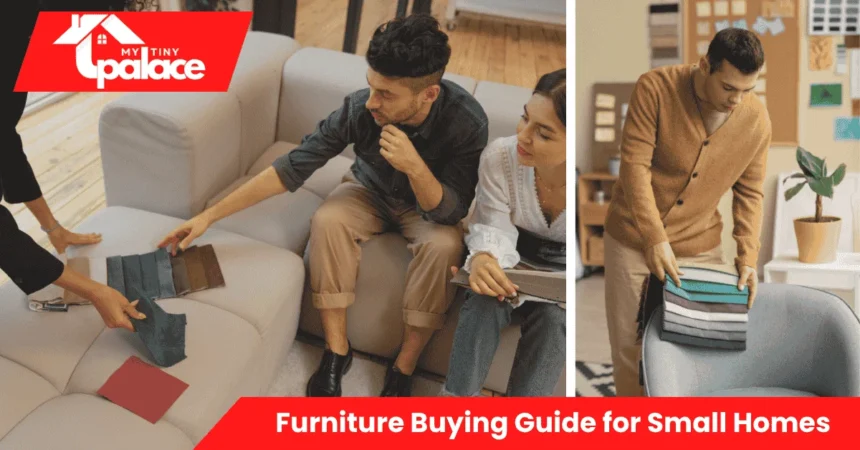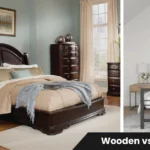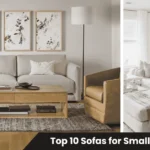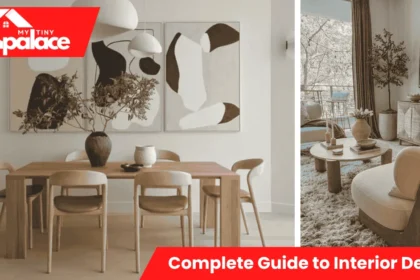Quick summary
If you’re furnishing a small home or apartment, this guide helps you measure your space, pick multi-use pieces that fit, and arrange them so your rooms feel open and functional—without wasting money on furniture that crowds your floor plan.
- Quick summary
- Furniture Buying Guide for Small Homes
- Why furniture choice matters more in small homes
- How to choose the right pieces for tiny rooms
- Space-saving solutions & core product types
- Step-by-step: measure, plan, buy, place
- Costs, time, tools
- Pros & cons — who should consider these solutions
- Quick wrap + call to action
Furniture Buying Guide for Small Homes
Small homes include studios, narrow one-bedroom apartments, micro-apartments, and compact houses, where every square foot counts. This guide helps you select furniture that maximizes space, serves multiple purposes, and fits your budget. You’ll learn how to measure accurately, prioritize function over filler, and test fit pieces before you buy. Whether you rent or own, live alone or with a partner, these strategies help you create a comfortable home without clutter or buyer’s regret.
Why furniture choice matters more in small homes
In a spacious house, an oversized sofa might just look cozy. In a small home, it blocks traffic, steals natural light, and makes the room feel cramped. Scale matters: a piece that’s six inches too deep can turn a narrow living room into an obstacle course. Storage decisions also carry more weight—if you skip built-in or vertical options, clutter piles up fast because you have no buffer zones.
Multi-use furniture becomes essential. A sofa bed replaces two separate items, saving floor space and money. A dining table that folds or extends adapts to daily meals and occasional guests. Poor choices compound quickly: buy three single-function pieces when one convertible would work, and you lose circulation space, visual breathing room, and the ability to rearrange when your needs change. Get it right, though, and a small home feels open, organized, and surprisingly flexible.
How to choose the right pieces for tiny rooms
Start with the function. List what you actually do in each room—sleep, work, eat, store clothes, entertain—then match furniture to those activities. A Murphy bed makes sense if you need daytime floor space for yoga or a home office. A nesting coffee table works when you host friends but want clear paths the rest of the week.
Next, check scale and clearance. Measure furniture depth, width, and height, then compare those numbers to your room dimensions. Leave at least 30 inches for walkways and 18 inches to open doors or drawers fully. Sightlines matter too: tall bookcases can block windows or make ceilings feel lower, so place them on walls without natural light.
Consider storage built into each piece. Ottomans with hidden compartments, platform beds with drawers underneath, and benches with lift-tops all reduce the need for separate storage units. If you rent, prioritize lightweight furniture that doesn’t require wall anchors or permanent fixtures—freestanding ladder shelves, tension rods, and furniture on casters all move easily without damage.
Budget realistically. A quality convertible sofa costs more upfront than a cheap couch, but it eliminates the need for a separate guest bed and lasts longer. Compare total cost: buying two mediocre pieces often exceeds the price of one well-made multi-use item. Set a tier—budget flatpack, mid-range modular, or premium custom—and stick with it so everything coordinates in durability and style.
Space-saving solutions & core product types
Convertible sofas and sofa beds offer seating by day and sleeping space at night, ideal for studios or one-bedrooms that double as guest rooms. Modern designs fold out smoothly and include storage underneath.
Vertical storage—floor-to-ceiling shelves, wall-mounted cabinets, and tall narrow bookcases—uses height instead of floor area. They work best on solid walls away from doors and windows.
Nesting tables stack together when not in use, then pull apart for extra surface area when you need it. Coffee table sets with two or three tiers fit tight corners and slide under each other.
Wall beds (Murphy beds) fold up into cabinets or wall frames, freeing the entire floor for daytime activities. They require professional installation and sturdy wall anchors, so consult a carpenter or handyman.
Slim dining sets with drop leaves or fold-down sides expand for meals and collapse to a console width. Pair them with stackable chairs or benches that tuck under the table.
Choose based on your daily routine. If you work from home, a fold-down desk beats a full-size table. If you rarely host overnight guests, skip the sofa bed and get a compact loveseat plus an air mattress.
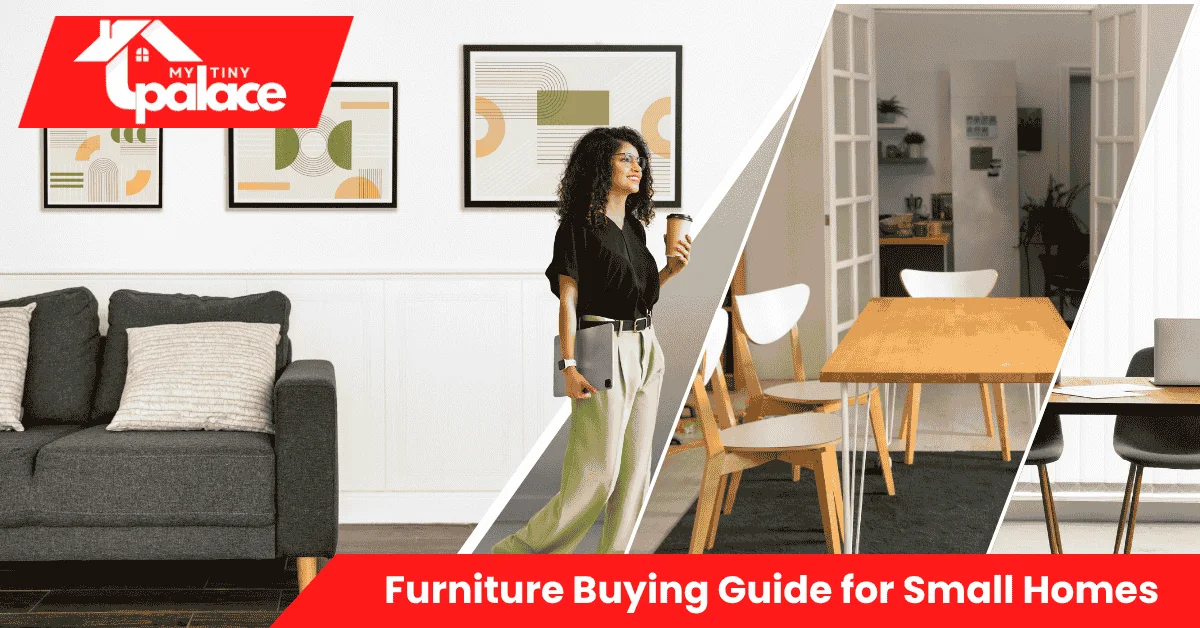
Step-by-step: measure, plan, buy, place
Measure & map the room
Grab a tape measure and note the room’s length, width, and ceiling height. Mark door swings, radiator positions, electrical outlets, and any alcoves or columns. Measure existing furniture if you’re keeping it, then sketch a simple floor plan on graph paper or use a free room planner app. This map shows clearance zones and helps you visualize traffic flow before shopping.
Cut paper templates to scale for large pieces you’re considering—sofas, beds, storage units. Lay the templates on your floor and walk around them. Can you open closet doors? Is there space to pull out drawers? This quick test catches fit problems before delivery day.
Test fit, buy, and place
Once templates confirm a piece will fit, check delivery options and assembly requirements. Flatpack furniture usually needs basic tools—a screwdriver, Allen wrench, hammer—and one to three hours of assembly time. Order slightly ahead of your move-in date so you can set up furniture before unpacking boxes.
When the piece arrives, place it where your template was, then adjust for sightlines and natural light. Push sofas and beds away from heating vents to avoid damage. Anchor tall units to walls if you have kids or pets. Style with minimal accessories—too many items on surfaces make small rooms feel cluttered. Stick to one or two focal points per room, like a statement lamp or a single piece of wall art.
Costs, time, tools
Realistic budget tiers help you plan without surprises. Below is a snapshot of typical costs, assembly effort, and tools needed:
| Budget Tier | Typical Pieces | Time to Assemble |
|---|---|---|
| Budget ($200–$800) | Flatpack shelves, nesting tables, basic sofa bed | 1–3 hours per item; screwdriver, Allen wrench |
| Mid ($800–$2,000) | Modular sectionals, platform beds with storage, and extendable dining sets | 2–4 hours per item; power drill helpful |
| Premium ($2,000+) | Custom Murphy beds, built-in storage, high-end convertibles | Professional install; 4–8 hours total |
Budget-tier pieces offer fast wins—affordable, lightweight, and easy to move—but may wear out in three to five years. Mid-tier furniture balances quality and cost, often lasting seven to ten years with care. Premium options require upfront investment and sometimes professional help, but they fit awkward spaces perfectly and endure decades. Add $50–$150 for delivery and another $100–$300 if you hire someone to assemble or install.
Pros & cons — who should consider these solutions
Pros: Multi-use furniture cuts clutter, saves money over buying separate pieces, and adapts as your needs change. Vertical storage maximizes height, leaving floors open for movement. Lightweight, modular designs suit renters who move frequently or want flexibility.
Cons: Convertible pieces can cost more initially, and some (like sofa beds) feel less comfortable than dedicated furniture. Wall beds need solid backing and professional installation, which renters may not be able to do. Flainstallations assembly takes time and patience—rushing leads to wobbly joints or missing screws.
Who should use these solutions: Singles and couples in studios or one-bedrooms benefit most from convertibles and nesting furniture. Families in compact homes need robust storage and durable multi-use pieces. Renters should stick with freestanding, lightweight options that move easily and don’t require wall anchors. If you own and plan to stay long-term, investing in built-ins or custom solutions pays off in functionality and resale appeal.
Quick wrap + call to action
Furnishing a small home comes down to three steps: measure your space accurately, choose multi-use pieces that match your daily needs, and test-fit before you buy. Prioritize function over style—you can always add decor later—and budget for quality where it counts, like a sturdy sofa bed or a well-built storage platform. Use paper templates to catch clearance issues early, and don’t skip assembly instructions or safety anchors.
Ready to get started? Measure your rooms today, pick one key piece (a convertible sofa or vertical shelf), and test its fit with a paper template. This small upfront effort saves you from costly returns and makes your small home feel spacious, organized, and truly yours.






